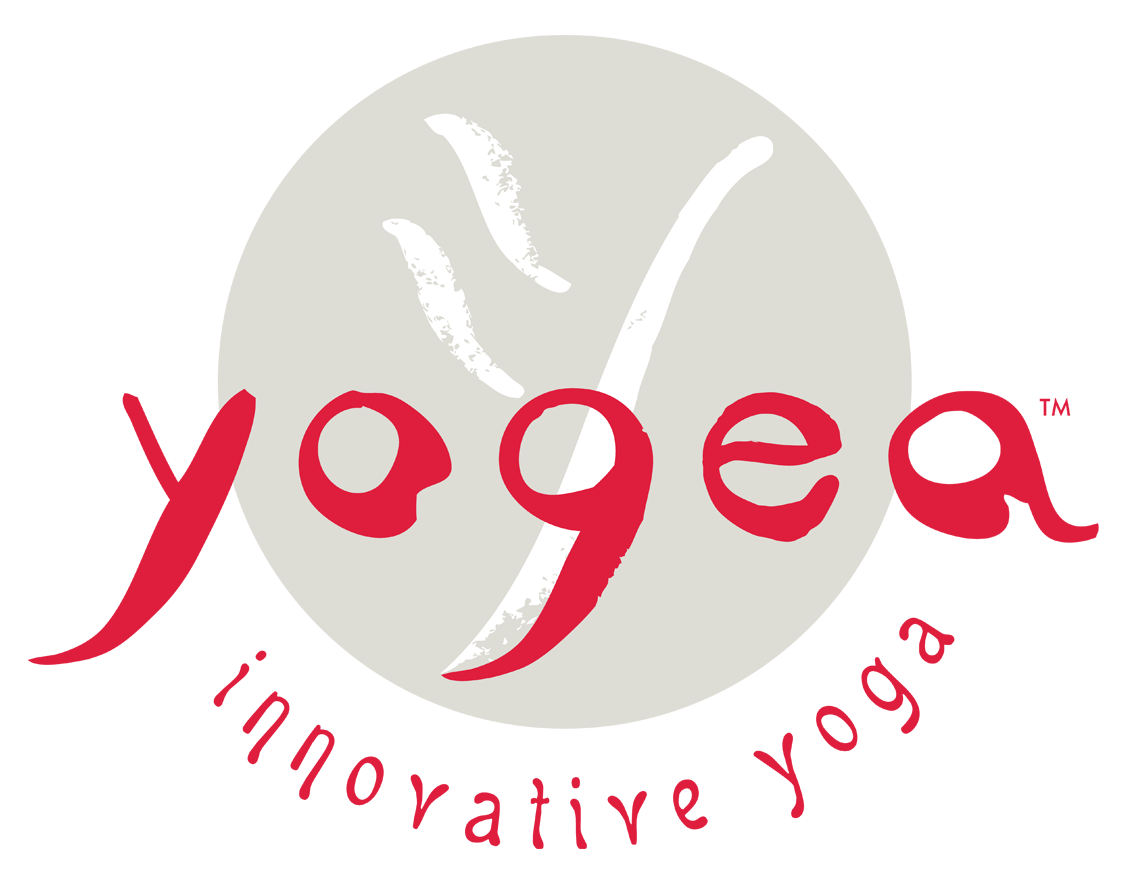Aligned & Steady
I was recently asked to design a chair yoga practice by one of my dear friends. She had been struggling with osteoporosis, an arthritic hip, tendonitis, and stiff neck and shoulders for quite a while, and the regular well-rounded routine we used to do every week became a hurdle. I am not a big fan of props and tools being incorporated in yoga sessions, but was really amazed at how versatile and fulfilling a chair practice could be. Usually, chair practice is labeled as senior yoga, and assigned to people with disabilities. But if you free up your imagination, you would be surprised by the limitless possibilities that the architecture and support of the chair offers. And it doesn’t have to be only restorative or office yoga. It could be quite therapeutic and challenging. Chair yoga brings all the benefits of yoga to anyone who may feel challenged by a traditional yoga class. With the aid of a chair we can strengthen our bodies, increase mobility in our joints, improve balance and flexibility, and experience an overall sense of well being.
If you are stuck at the office, taking a few minutes out of your work day to perform just one or two Chair Yoga postures, to reduce the likely hood of tense shoulders and back or even tension headaches, will make a difference. These yoga stretches will rejuvenate you. Or if you are recovering from an injury Chair Yoga will maintain, stretch, and strengthen your body as you recover. If you have a disability it will help you manage the disability and keep your body in the best condition possible. It will give you peace of mind and self-esteem to know you are doing something good for your body, mind, and spirit.
While designing the routine, I figured that a chair practice should not only involve sitting. There are so many ways to use this prop unconventionally and effectively. And most importantly, because you are working in a stable and supported environment you advance very rapidly, both in terms of alignment and flexibility. As I approached the sequence, I ensured a good blend of core strengtheners and hamstring stretches. Next, I coupled deep detoxifying twists with juicy hip openers. I also included shoulder openers in the strengthening poses, and abdominal massagers in the forward and back bending section. Then, I paired supported balancing and standing variations with innovative seated binds and locks. Last but not least, I tossed in compound quad and calf stretches into a cocktail of forward bends and inversions – to generate an exhilarating and delightful experience.
Do you find yourself cramped and stressed after sitting at a desk for too long? Or perhaps you need a desk job tension reliever? Or maybe you are just injured or disabled, and simply cannot commit to your regular practice? Go for this innovative chair yoga – it’s safe, it’s whimsical, it’s mindful.
This Yogea practice tones, stretches, balances, grounds and aligns the whole body. The chair is used in myriad ways to provide stability and ease, while improving alignment and precision. A brief breathing exercise warms up the joints and brings awareness to all body parts. Forward bends and hip openers are combined to facilitate an open base. Seated spinal twists alternate with abdominal toners to help engage the core and gain length in the spine. The fluid transitions make the flow very organic and seamless, while the architecture of the chair provides alternate levers to modify existing poses and make them accessible and fun. The lower and upper body halves work in tandem to rev up the entire endocrine system. The full yoga palette of supported inversions, backbends, forward bends, arm balances, twists and even standing poses is explored creatively but accessibly. The chair flow has an overall rejuvenating and energizing effect.

Leave a Reply